Before we start studying communication law, we need to understand how the legal system works. Let’s start by defining law.
This is my son, Casey. He studied law at the Knight School of Law at the University of Oregon. He passed the Washington Bar Exam and now practices family law at a big family law firm that stretches from Washington through Oregon. In 2018-2019, Super Lawyers named him a Washington Rising Star and he has a Avvo.com “Superb” rating.

Family Lawyer
McKinley Irvin Family Law
Vancouver, Washington
“Best lawyer ever” says his mom.
Okay, enough bragging about my son. I mention him because he is someone who studied and practices law. But the legal system also “makes” laws.
Creating law
Legislative bodies like the U.S. Congress or the Washington State Legislature or the Kittitas County Commission or the Ellensburg City Council make laws. (Or at least they are suppose to make laws. Sometimes they get so caught up in politics that they forget to do they work. End of Terri editorial!)
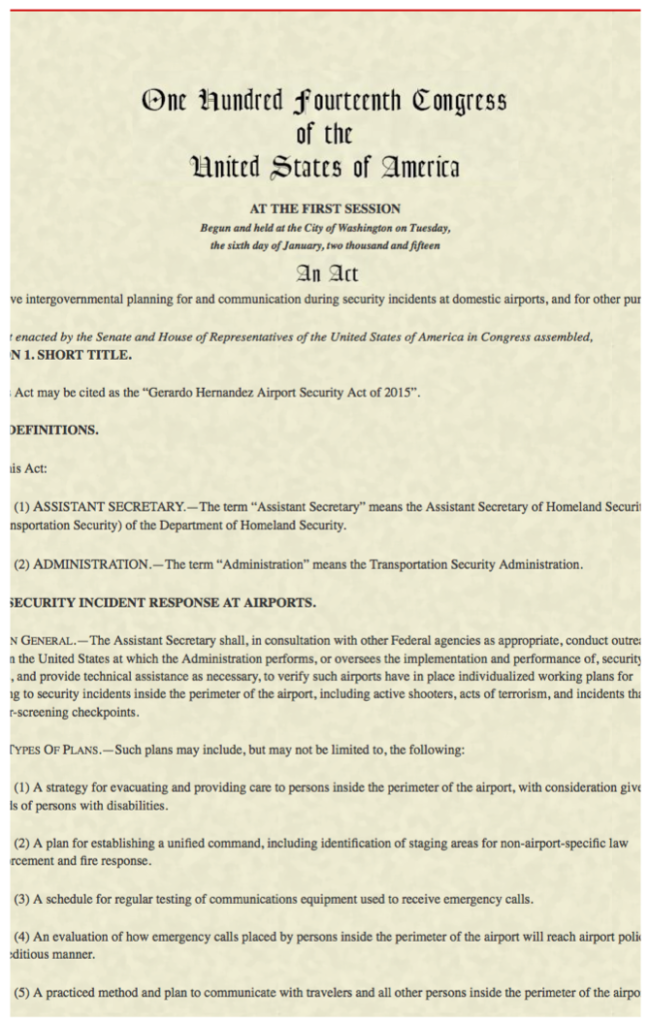
There are several different ways laws come about. And we’ll explore each type.
- Common Law
- Equity Law
- Statutory Law
- Constitutional Law
- Administrative Law
- International Law
Common Law
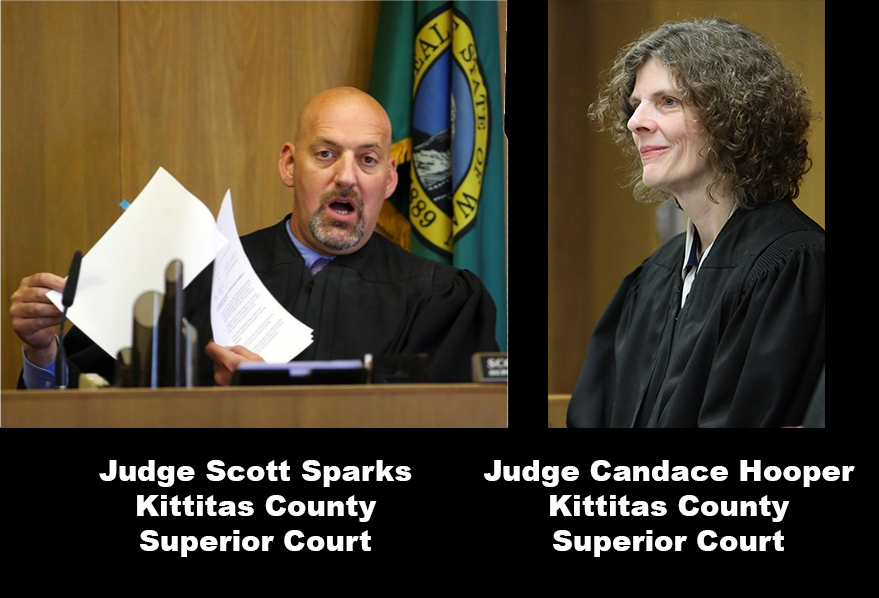
“Judge-made” law would be another way to describe common law. Judges based their rulings on what other judges have done in the past. It’s called precedence. So when Judge Sparks or Hooper make a decision in their courtrooms, they look back to see how other judges have ruled in similar cases. You may not agree with the previous rulings, but they follow the common laws made by previous judges. (And, of course, you always have the right to appeal the judge’s decision. More about that later.)
Equity Law
Some legal cases pose such different, unusual or unique questions, there is not precedence. That’s when a judge’s ruling creates an equity law. It’s a judge-generated law based on common sense rather than legal precedence.
For example, when the New York Times and the Washington Post both printed a Department of Defense (DOD) report on the Vietnam War… better known as the Pentagon Papers. The Defense Department said the newspapers printed illegally attained top secret information. While the papers proved embarrassing to the Kennedy and Johnson White Houses, the Nixon White House didn’t want the report published, for fear it would set a precedence. (There’s that word again!)
The case very quickly ended up in front of the Supreme Court. SCOTUS (Supreme Court of the United States) said something to the effect of “We’ve never had a case where a newspaper printed top secret information that it did not steal.”
A DOD worker, Daniel Elsberg, actually sneaked the papers out of the defense building and gave them to the newspapers. So the newspapers didn’t “steal” the report.
And while the government marked the papers “top secret,” the report indicated the government hadn’t been exactly truthful about how the war was going in Vietnam.
The judges had to weigh the importance of the “top secret” report with the right of the public to know what the h*ll was going on in Southeast Asia.
There was nothing on the books that dealt with these types of questions, so the judges had to use common sense and make a ruling. SCOTUS looked at previous cases that somewhat related to the situation, but they basically relied on their common sense. The newspapers didn’t steal the documents and the information in the documents was important enough to squash the “Top Secret” stamp on the report’s front cover.
It turns out the Johnson Administration lied to the American people and Congress about the status of the Vietnam War. The NY Times and Washington Post printed the rest of the report in their newspapers. It became a turning point in getting the U.S. out of Vietnam.

Two women claimed to be the mother of an infant.
The king couldn’t figure out who was telling the truth, so he came up with a test.
He told his servant to cut the baby in half and let the mothers both share the child.
One woman begged Solomon not to cut the baby in half.
She would let the other woman raise the child.
That’s how Solomon determined the woman willing to give up her child was the real mother.
He used common sense to figure out how to determine who the identity of the real mother.
Statutory Law
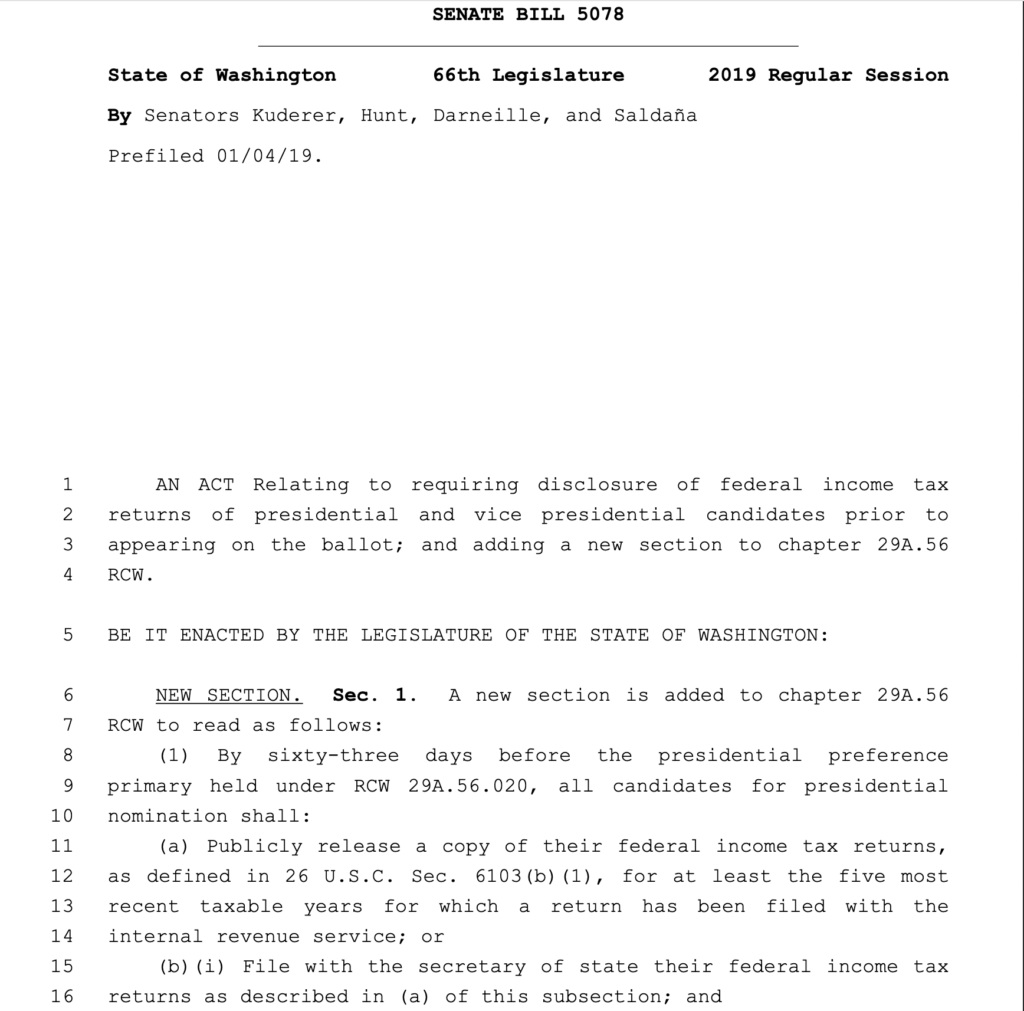
The state House of Representatives didn’t consider the bill, so it didn’t become law. (Although, the legislature has considered similar laws for several years now.)
Okay, SB 5078 isn’t a law. But a statutory law starts its life as a bill. City councils, county commissions, state legislatures and Congress can all pass statutory laws.
I could sit here and try to explain the bill becomes a law process, but the good people at Schoolhouse Rock did an excellent job of it back in the 70s. Yes, I know it’s a cartoon. Yes, I know it’s for kids. But, yes, it does a great job of explaining a complicated process in just a few minutes. So, click the Schoolhouse Rock: How a Bill Becomes a Law image below, sit back for 3 minutes and learn how the legislative process works. (There will be a quiz!)
If that seemed a bit fast for you, check out Junior Scholastic’s link on how a bill becomes a law.
BTW- There is a difference between the U.S. Senate and the Washington Senate and Congress and the Washington State Legislature.
Congress is a word the refers to both the U.S. Senate and House of Representatives. The two U.S. Senators who represent us in Washington D.C. are Patty Murray and Maria Cantwell. Ellensburg is in Congressional District 8. Kim Schrier represents our district in the U.S. House of Representatives.

Just like Congress, the Washington State Legislature has two parts: the state Senate and the state House of Representatives.
The woman who represents the Ellensburg area in the Senate in Olympia is Judy Warnick. She lives in Moses Lake. Rep. Tom Dent has introduced several bills to help Central’s Aviation Program. He also comes from Moses Lake. Alex Ybarra lives in Quincy. He is the second representative from the 13th District which extends from Reardan, over to Coulee City, Ephrata, George, Ellensburg, Cle Elum, and up to Snoqualmie Pass.

on this state web site.
Constitutional Law
Way, way back when I finished high school, the people of the United States considered adding the Equal Right Amendment to the Bill of Rights.
The ERA simply stated: Equality of rights under the law shall not be denied or abridged by the United States or by any State on account of sex.
This is an example of a constitutional law (that didn’t become law). A constitutional law must be generated by Congress. Once it passes all the Congressional hurdles, it must be approved or ratified by 3/4 of the states.


It looked like the ERA would become a Constitutional Law but then Phyllis Schafly showed up on the scene. Schafly was a conservative constitutional lawyer. She started saying the ERA would actually hurt women more than it would help them. She said women would be less likely to get custody of their children or alimony in a divorce under the amendment. She said women could be drafted. She said a lot of stuff. The kind of stuff that caught the ears of conservative groups around the nation.
The map above shows how close we came to having equal rights for women. This is one constitutional law that never became law.
Bottom line, the ERA amendment died.
There are 27 Constitutional Laws.
The first 10 make up the Bill of Rights (Freedom of the Press, the Right to Bear Arms, unreasonable search and siezure, etc.) Prohibition (18th Amendment) stopped legal drinking in this country. So why can you legally grab a drink at The Tav, The Pearl or 301? Because the states (in record fashion) ratified the 21st Amendment which repealed the 18th Amendment. We’ve limited the number of terms a president can serve to two (22nd Amendment). You, if you are 18 or older, have the right to vote thanks to the 26th Amendment.
Administrative Law
Sometimes the information needed to create a law is too specific for legislation. That’s where Administrative Law comes into play. Government agencies like the Federal Communication Commission, the Federal Trade Commission and the Securities & Exchange Commission often create regulations or laws specific to their area.
The FCC determines who can own a television or radio station and how many stations they can own.
The FTC can issue regulations that protect consumers and stop big business from having a monopoly in the marketplace (antitrust laws).
The Securities and Exchange Commission says it’s illegal to share insider information about the stock market. As a result, Martha Stewart did jail time.
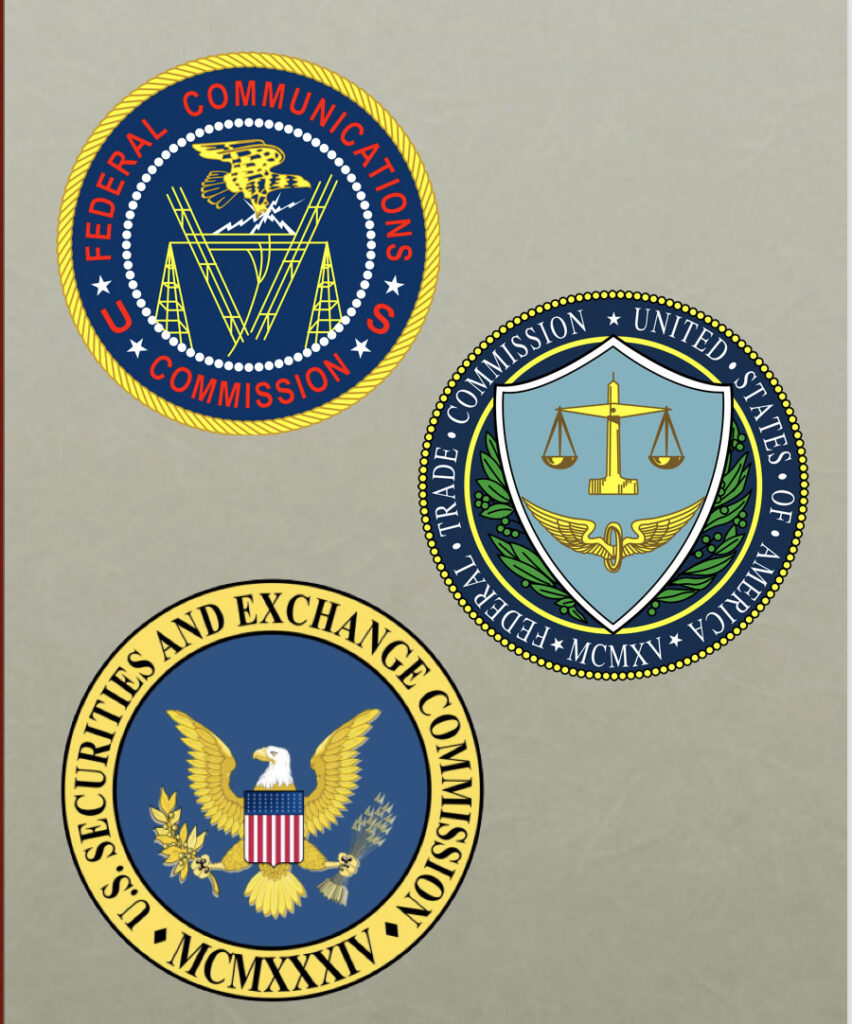
The USDA (U.S. Department of Agriculture), the FDA (U.S. Food and Drug Administration), and the EPA (Environmental Protection Agency) and even the U.S. Army Corps of Engineers are all classified as government agencies. Depending on how how you count, there are nearly 100 agencies, each covering a specific area, where having detailed knowledge is key to making good laws.
Administrative law can only be created by independent government agencies. But, the House of Representatives, Senate and President still have some control over what regulations are made.
Now, there are other non-government agencies that also set up guidelines.
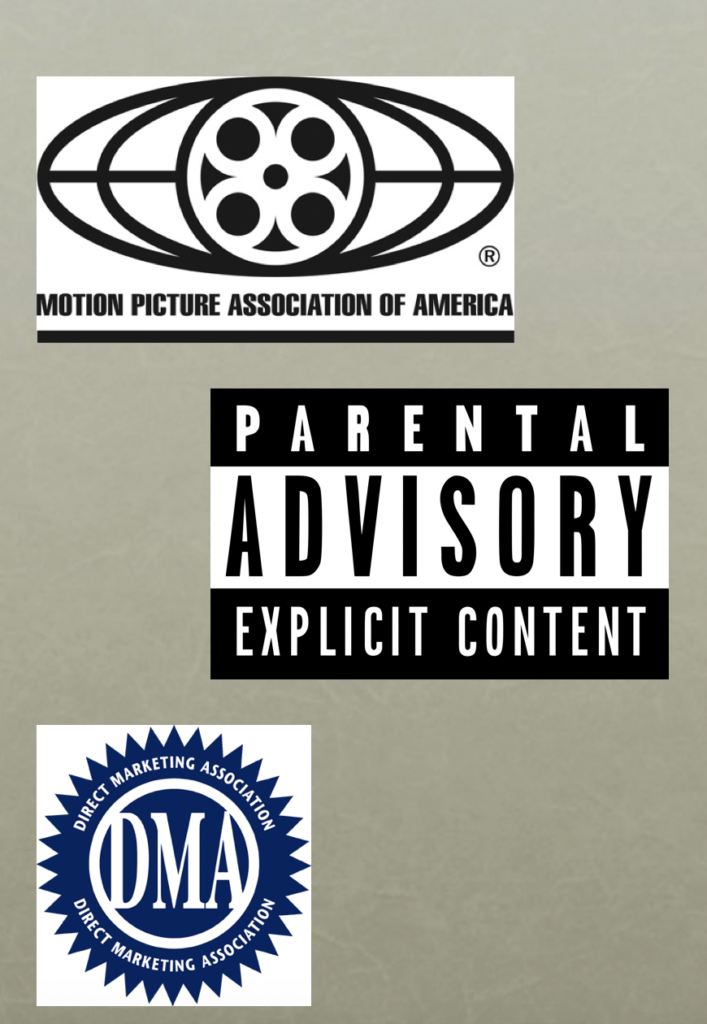
The Motion Picture Association of America set up the movie rating system. The music industry set up regulations that say music with explicit lyrics must have a label.
The Direct Marketing Association has regulations about what you can and can’t do with direct marketing.
These are NOT, I repeat, these are NOT Administrative Law. That’s because these organizations are NOT government agencies. They represent industries who make up their own set of rules and guidelines. They mostly do this to avoid potential legal problems.
International Law
International law involves treaties… or a set of rules/guidelines/laws… that countries agree to follow.


The countries who have not signed the protocol? Afghanistan, the Sudan and the USA.


Assignment
Go to the What Are Laws assignment in Canvas and tell me four things.
- What steps does it take to get a bill into law?
- Who represents you in the House of Representatives in Washington D.C.?
- Sen. Patti Murray and Sen. Maria Cantwell represent Washington in the U.S. Senate. Murray is in Class I and Cantwell is in Class III. What is a class? Go to U.S. Senate find your senator page to find out.
- Who represents you in the Washington State House and Senate in Olympia? (Make sure to use the state District Finder web page .)
